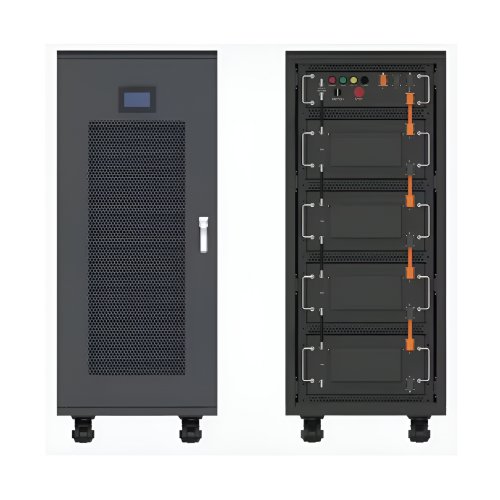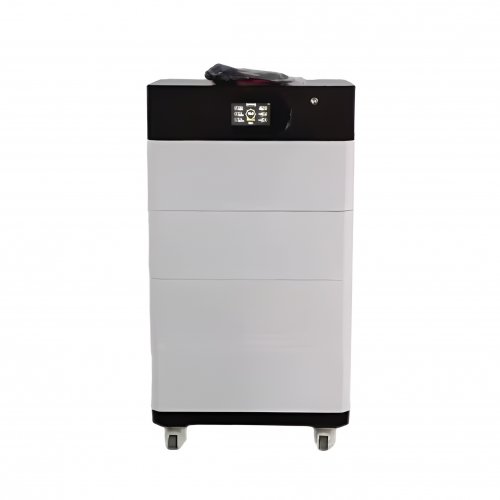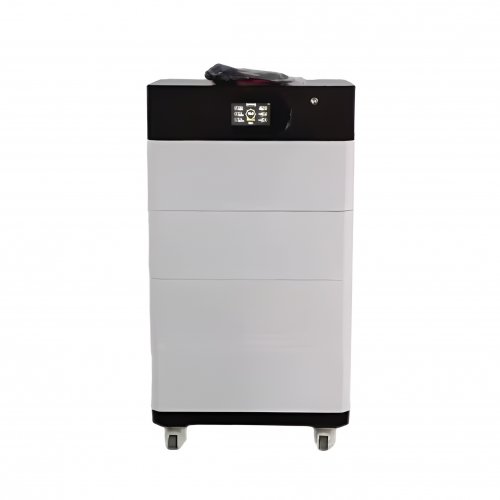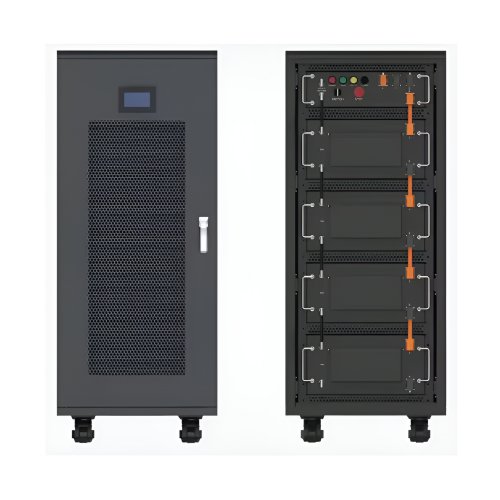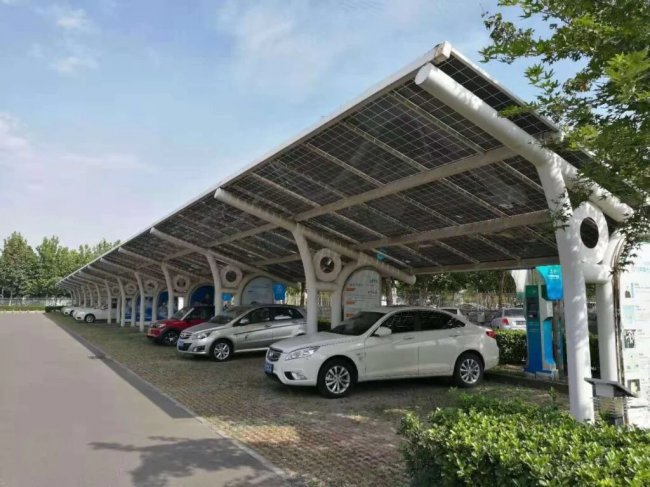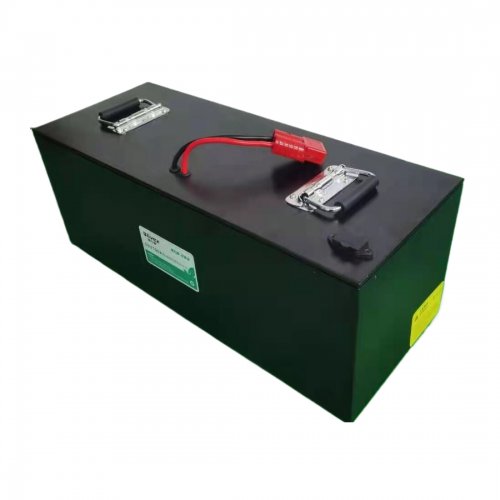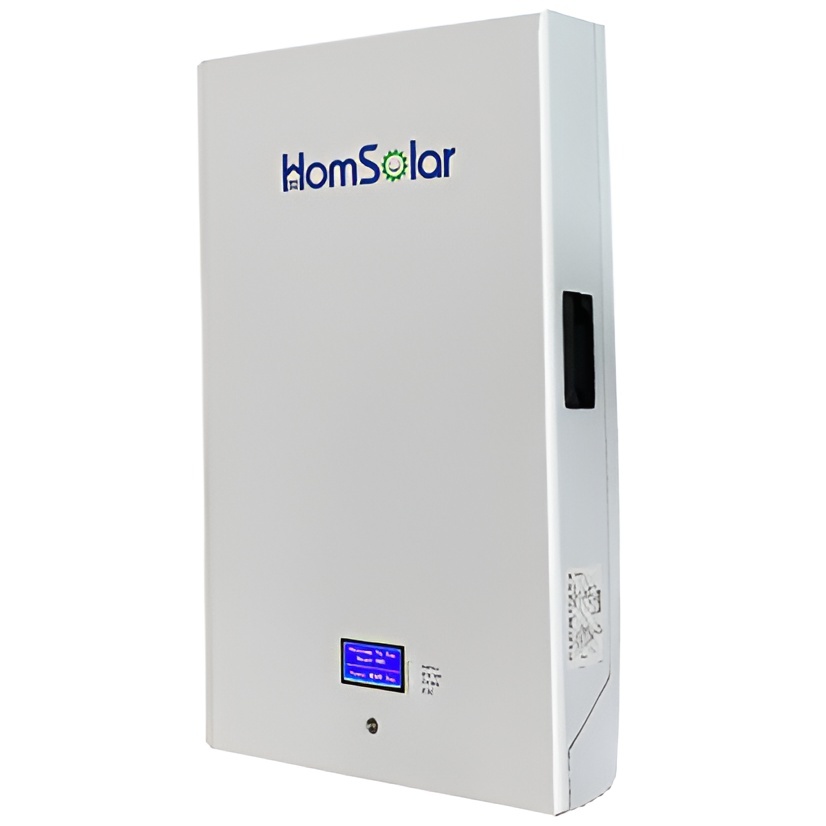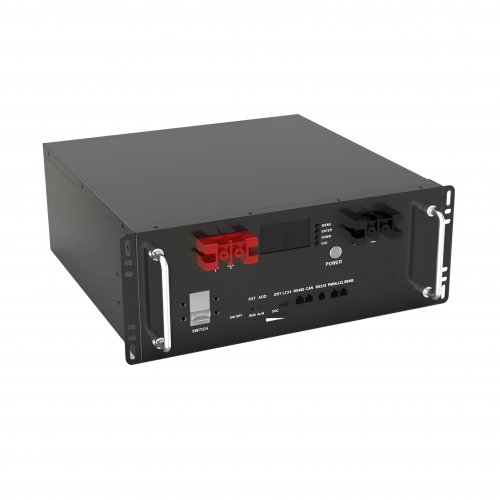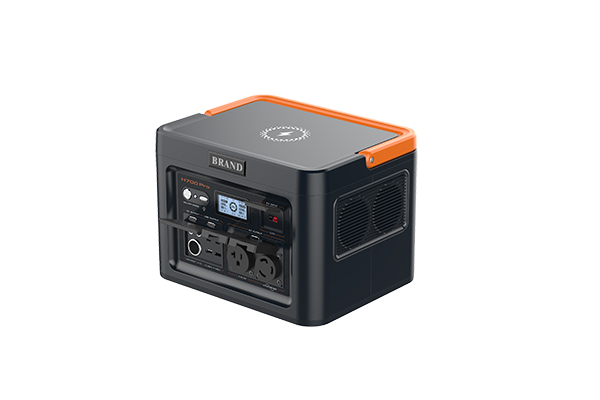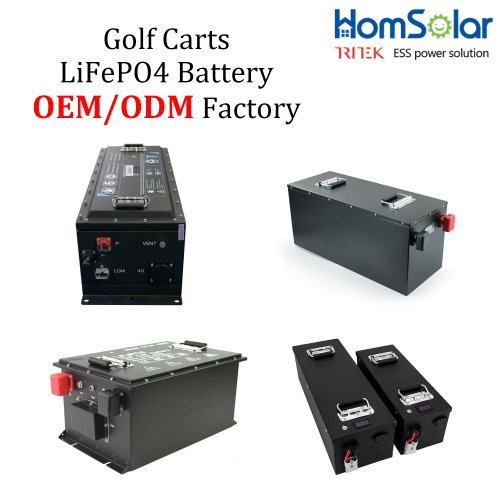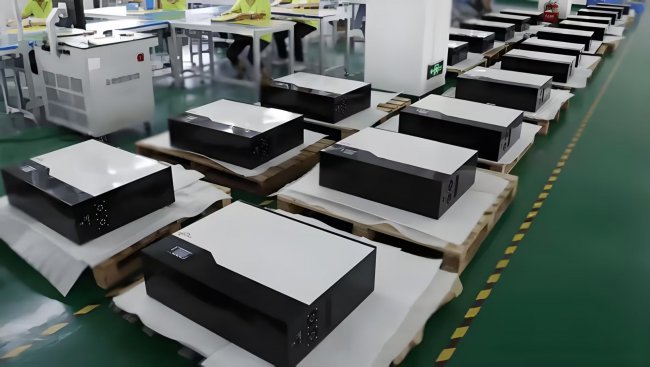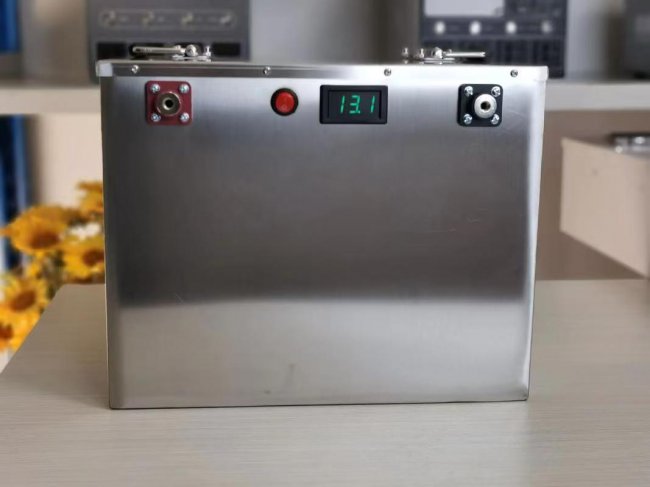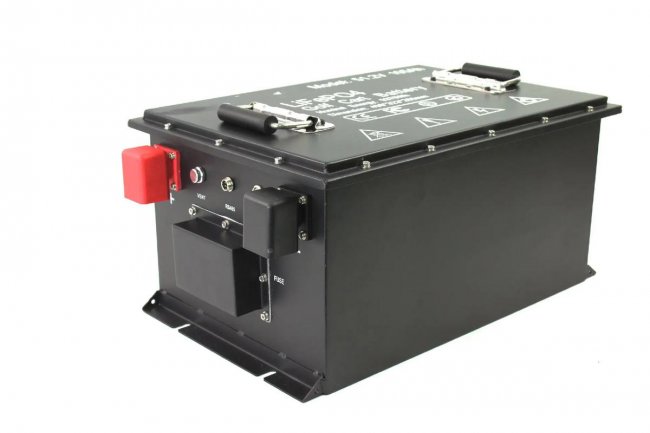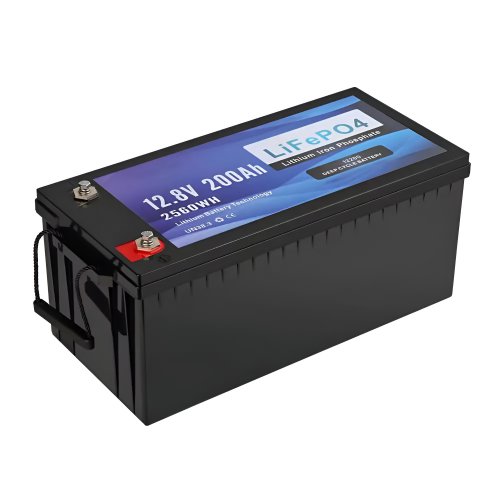How To Use Discharging: A Comprehensive Guide To Safe And Effective Battery Management
The term "discharging" is fundamental to understanding and managing any battery-powered device, from smartphones and laptops to electric vehicles and large-scale energy storage systems. At its core, discharging is the process by which a battery releases stored chemical energy as electrical energy to power a connected device. Properly managing this process is not just about getting your device to work; it's about maximizing its lifespan, ensuring safety, and maintaining optimal performance. This guide will walk you through the essential steps, techniques, and precautions for handling battery discharge effectively.
Understanding the Basics of Discharging
Before diving into usage, it's crucial to grasp a few key concepts:Depth of Discharge (DoD): This indicates how much of a battery's capacity has been used. For example, if you use half of a battery's total capacity, the DoD is 50%. A lower DoD generally prolongs battery life.Discharge Rate (C-rate): This measures the rate at which a battery is discharged relative to its maximum capacity. A 1C rate means the battery will be fully discharged in one hour. A 0.5C rate would take two hours. High discharge rates can generate heat and stress the battery.Voltage Sag: Under a heavy load (high discharge rate), the battery's voltage will temporarily drop. This is normal, but if the voltage drops too low, it can damage the battery.
Step-by-Step Guide to Managing Discharge
Step 1: Know Your Battery Chemistry Different batteries have different discharge characteristics. Using a lithium-ion battery like a lead-acid battery will lead to failure or danger.Lithium-ion (Li-ion): Common in electronics. They perform best with partial discharges. Avoid deep discharges below 20% regularly.Lead-Acid: Common in cars and backup systems. They are resilient but can be damaged by deep discharges below 50% DoD.Nickel-Metal Hydride (NiMH): Common in older electronics. They can handle deep discharges better but suffer from memory effect if not fully discharged occasionally.
Always refer to the manufacturer's datasheet for specific voltage limits and recommended DoD.
Step 2: Establish Safe Operating Parameters Before using any device, identify its safe discharge window.Lower Voltage Limit: This is the critical voltage below which the battery should not be discharged. For a single Li-ion cell, this is typically around 3.0V. Discharging below this can cause irreversible chemical damage.Upper Voltage Limit: This is the full charge voltage (e.g., 4.2V for a Li-ion cell). The discharge cycle operates between the upper and lower limits.
Most modern devices have a Built-in Battery Management System (BMS) that handles this automatically, but it's vital knowledge for custom projects or when replacing batteries.
Step 3: Monitor During Use Active monitoring is key to preventing damage.Use a Voltmeter or Built-in Gauge: For critical applications, use a multimeter to check voltage. For everyday devices, trust the device's battery indicator, but be aware that it's an estimate.Feel for Heat: If a device or battery pack becomes unusually hot during use, it is likely under a high-stress, high-rate discharge. Stop using it immediately and allow it to cool.Watch for Performance Drops: A noticeable drop in power (e.g., a dimming screen, slower motor) can indicate the battery is approaching its lower voltage limit.
Step 4: Initiate a Controlled Shutdown When your device indicates a low battery, respond promptly.Do Not Fully Drain: For Li-ion batteries, the "low battery" warning (often at 15-20%) is your cue to recharge. Letting the device power off completely regularly is harmful.Safe Power-Down: Save your work and shut down the device properly before it forces a shutdown. A forced shutdown often occurs at a deeper, more damaging discharge level.
Practical Tips and Techniques for Optimal Discharging
1. The 20-80 Rule for Li-ion Batteries: For the best longevity, try to keep your Li-ion batteries between 20% and 80% charge. This minimizes stress on the electrodes and slows down degradation. While it's not always practical, making it a general habit can significantly extend battery life.
2. Match the Load to the Battery: Ensure the device you are powering does not demand a discharge rate higher than the battery is rated for. Pushing a battery beyond its C-rating is a primary cause of failure and safety hazards.
3. Manage Temperature: Batteries discharge less efficiently in cold conditions. The chemical reactions slow down, reducing available capacity and causing voltage to sag more easily. Avoid high-discharge activities in very cold environments. Conversely, high temperatures can accelerate degradation during discharge.
4. Understand Your BMS: If you are working with battery packs, understand what protections your BMS offers. A good BMS will have protections against over-current (high discharge rate), under-voltage (deep discharge), and short circuits.
Critical Precautions and Safety NotesNever Short-Circuit a Battery: Connecting the positive and negative terminals directly with a wire or metal tool causes an extremely high, uncontrolled discharge rate. This can generate intense heat, cause fires, explosions, and permanently destroy the battery.Avoid Deep Discharging: As emphasized, repeatedly draining a battery to 0% is one of the fastest ways to kill it. For long-term storage, manufacturers usually recommend a partial charge (e.g., 50% for Li-ion) rather than a full or empty state.Inspect Batteries Regularly: Look for physical signs of damage like swelling, leakage, or corrosion. A damaged battery can have internal shorts that lead to unsafe discharge conditions. Do not use damaged batteries.Use the Correct Charger: Using an incompatible or faulty charger can affect the battery's ability to hold a charge and discharge properly in the next cycle.
By understanding and applying these principles of discharging, you transition from a passive user to an informed custodian of your batteries. You will not only enjoy more reliable performance from your devices but also contribute to their long-term health, saving money and reducing electronic waste. Proper discharge management is a simple yet powerful practice in our increasingly wireless world.
Customized/OEM/ODM Service
HomSolar Supports Lifepo4 battery pack customization/OEM/ODM service, welcome to contact us and tell us your needs.


HomSolar: Your One-stop LiFePO4 Battery Pack & ESS Solution Manufacturer
Our line of LiFePO4 (LFP) batteries offer a solution to demanding applications that require a lighter weight, longer life, and higher capacity battery. Features include advanced battery management systems (BMS), Bluetooth® communication and active intelligent monitoring.

Customised Lithium Iron Phosphate Battery Casing
ABS plastic housing, aluminium housing, stainless steel housing and iron housing are available, and can also be designed and customised according to your needs.

HomSolar Smart BMS
Intelligent Battery Management System for HomSolar Energy Storage System. Bluetooth, temperature sensor, LCD display, CAN interface, UART interface also available.


Terminals & Plugs Can Be Customized
A wide range of terminals and plugs can be customised to suit the application needs of your battery products.

Well-designed Solutions for Energy Storage Systems
We will design the perfect energy storage system solution according to your needs, so that you can easily solve the specific industry applications of battery products.



About Our Battery Cells
Our energy storage system products use brand new grade A LiFePO4 cells with a battery lifespan of more than 4,000 charge/discharge cycles.



Applications in Different Industries
We supply customized & OEM battery pack, assemble cells with wiring, fuse and plastic cover, all the cell wires connected to PCB plug or built BMS.
Applications: E-bike, Electric Scooter, Golf Carts, RV, Electric Wheelchair, Electric Tools, Robot Cleaner, Robot Sweeper, Solar Energy Storage System, Emergency Light, Solar Power Light, Medical Equipment, UPS Backup Power Supply.
We can provide you with customized services. We have the ability to provide a vertical supply chain, from single cells to pack/module and to a complete power solution with BMS, etc.


HomSolar (Shenzhen) Technology Co., Ltd







